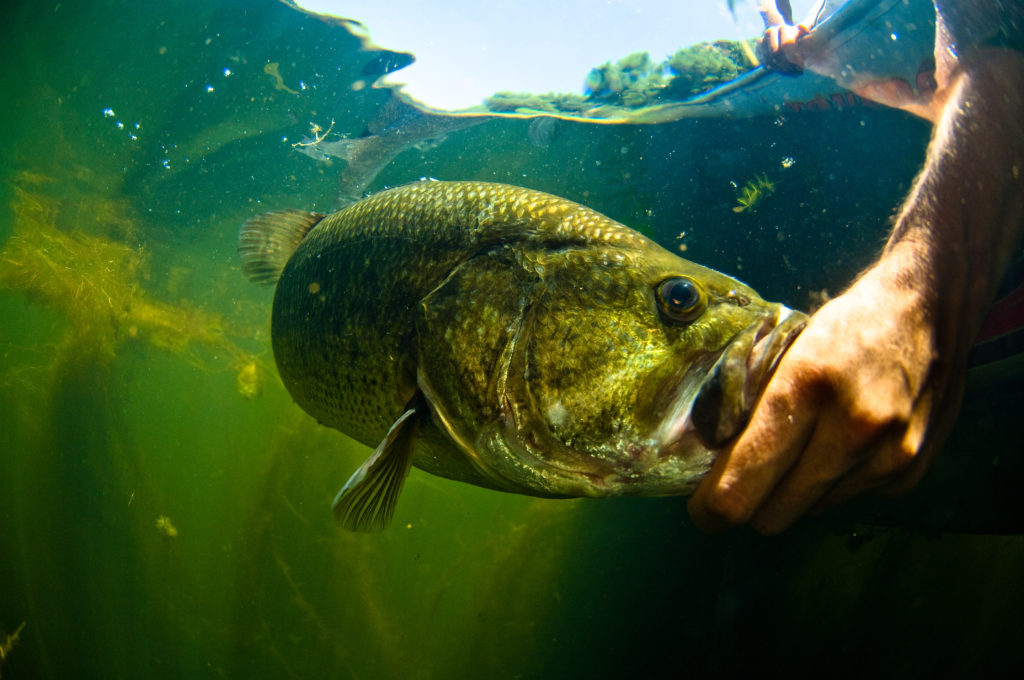
Fishing with the moon is one of the most controversial subjects in the fishing world today. Some people are adamant that fishing with the moon is not something to be taken lightly, especially at sea. Others will tell you that it is a slander. Could there really be some truth in all this? Or is it simply a hoax? That's what we wanted to find out.
The origins of the theory linking fishing and the moon
The theory linking the movements of the moon with fishing emerged in 1926. It was the result of observations by John Alden Knighta former banker who theorised this analysis not only for fish, but for all fauna.
John Alden Knight was originally a nature lover and fly fisherman. In his spare time, he loved to study the beliefs and stories surrounding fishing and hunting. At the same time, like many fishermen, he noticed that fish followed specific periods of activity, without understanding the factors behind them. So he wanted to verify this by looking for potential causes that could affect the behaviour and feeding habits of fish and animals. It was literally his life's work.
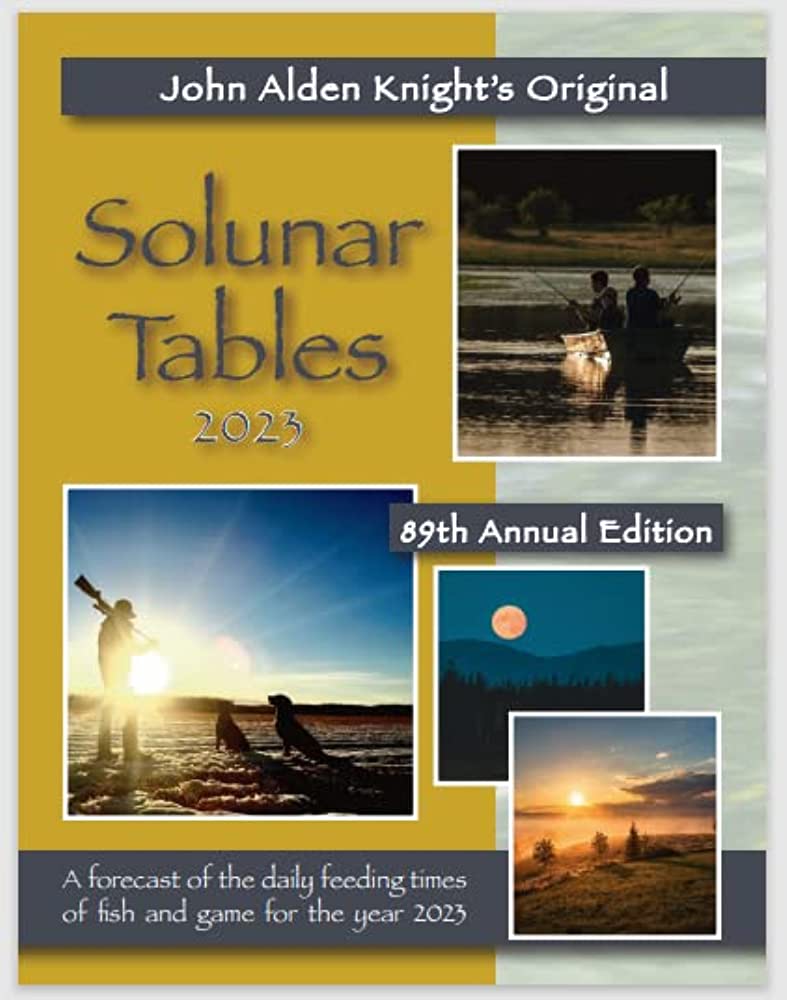
After years of research, John Alden Knight was able to put together 33 factors that could influence fish and other land animals. After examination, he rejected all but three of them: the sun, the tides and... the moon. Seeing no way of explaining fish behaviour individually, he decided to combine them into a single theory. The Solunar theory.
Ten years later, John Alden Knight Knight created the first solunar fishing card. The rest, as we know, is history.
Fishing with the moon: What does science tell us?
What is certain is that, scientifically, the moon has an effect on fauna and flora. At sea, many fish and species synchronise their spawning with the arrival of the full moon, for example. The movements of the tides thus lead the larvae into safe, shallow estuaries.
We can also see that currents, by definition, stir up the nutrients on the seabed that small fish need to feed. Large fish follow the mass and feed in their turn. As for us, we also follow this movement.
But what about the solunar theory itself? Is it a myth, or a reality?
In the absence of concrete scientific proof, due to the difficulties involved in making the calculations, several theories (based on statistical analysis of a large number of catches) explain how the Moon influences fish catches.
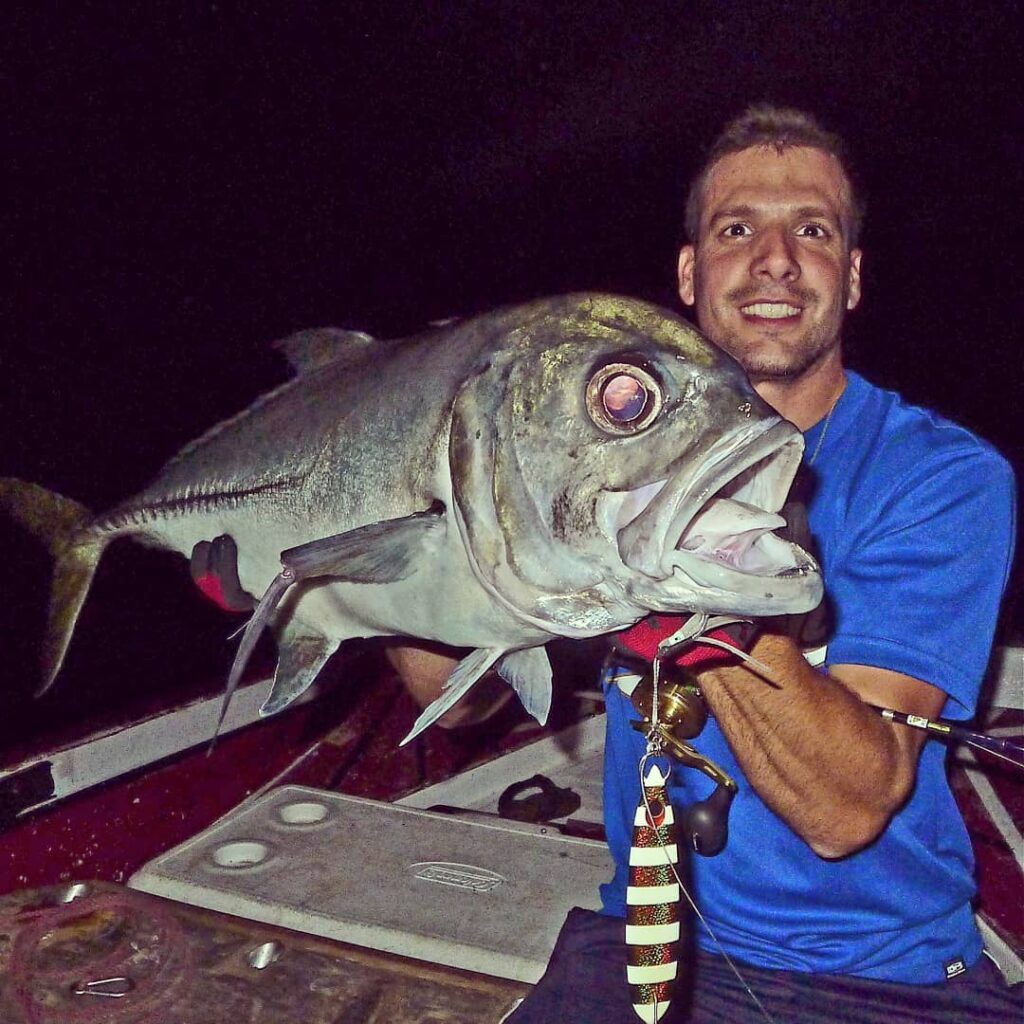
The results agree that certain factors (the times of sunrise and sunset and the phases of the Moon) should be taken into account when planning a fishing session.
However, it is important to stress that the moon is just one of many factors that can affect fishing. Other factors such as water temperature, the quality of light, the current, the wind and the habits of the fish in the region can play a major role. So instead of telling yourself that you're simply going to fish with the moon and not the rest, you're often making a serious mistake.
It is advisable to take all these factors into account when planning your fishing trip to increase your chances of success.
When is the best time to fish with the moon?
Each day consists of four lunar periods. Two periods majorand two others called minor. Major periods last about two hours and begin when the moon is at our extremity. It is therefore either directly above our heads (lunar transit) or below our feet (opposite lunar transit). The minor periods last about an hour while the moon rises and sets.
The consensus when it comes to using the moon for fishing is that fish become more active at these four times of the day. If you want to fish with the moon and take this factor into account, these elements seem to be decisive.
However, this does not necessarily mean that the fish will bite at precisely those times. They simply seem to be more active during these periods. According to what we know, they tend to fishing with the moon during major periods, especially at sea and exotic fishing.
So if you want to fish with the moon in mind, check your solunar chart. It will tell you when the moon is in the best position.
What are the ideal phases to consider when fishing with the moon?
There are four lunar phases that anglers who want to fish with the moon need to think about: the new moon, the first quarter, the full moon and the last quarter.
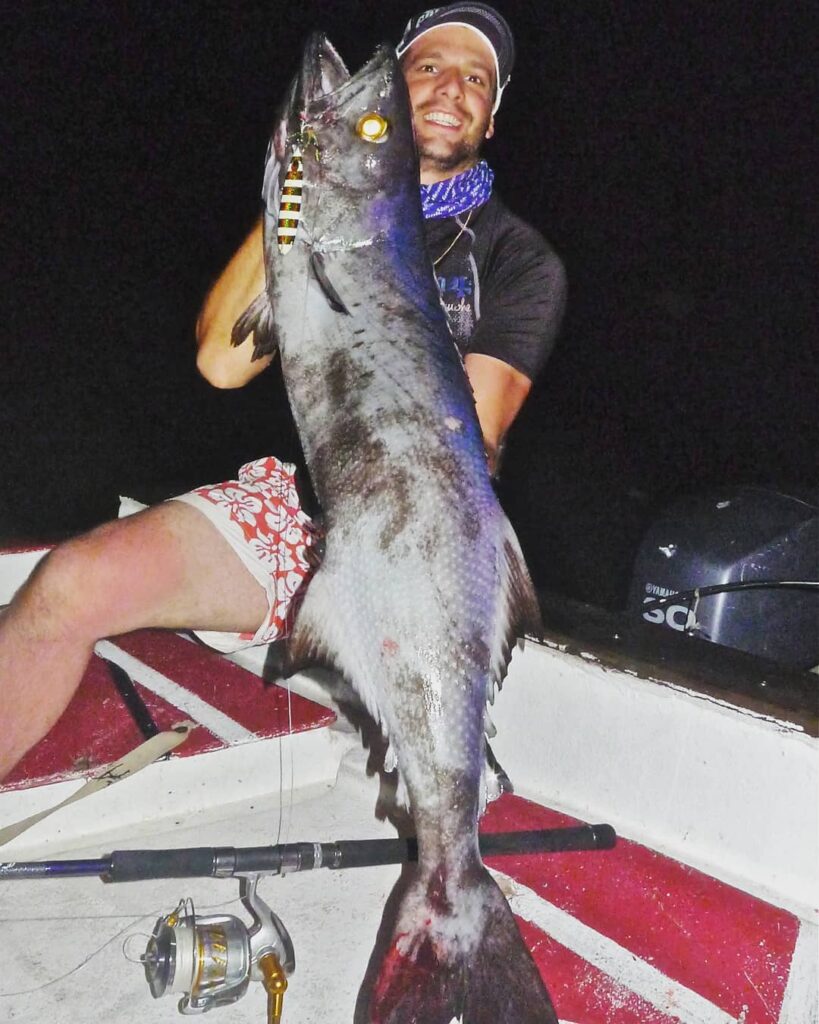
What we know and qualitative studies, the new moon and the full moon are the most profitable phases of the moon. In our opinion, it's more a question of the tide at sea, which is itself affected by the moon. We often find that the bigger the tide, the more active the fish. However, the strongest tides occur twice a month. The first is when the moon is between the earth and the sun: the new moon. The second is when the moon is opposite the sun: full moon. It is therefore normal for fish to be very active during these particular phases.
Of course, not everyone in the fishing community agrees with this axiom. It's up to you to make up your own mind.
Instead of fishing with the moon, go fishing at all
Obviously, the moon has an effect on fishing. However, other factors such as the weather and water temperature have a much greater impact in our opinion. In our opinion, it is a mistake to consider the moon as an element in its own right when it comes to fishing success. Taking it into account as part of a whole is, on the contrary, an advantage!
We can't choose the days when our fishing will be successful. By now, you'd know. Similarly, a 'bad' moon phase shouldn't make you reconsider your long-awaited fishing trip.
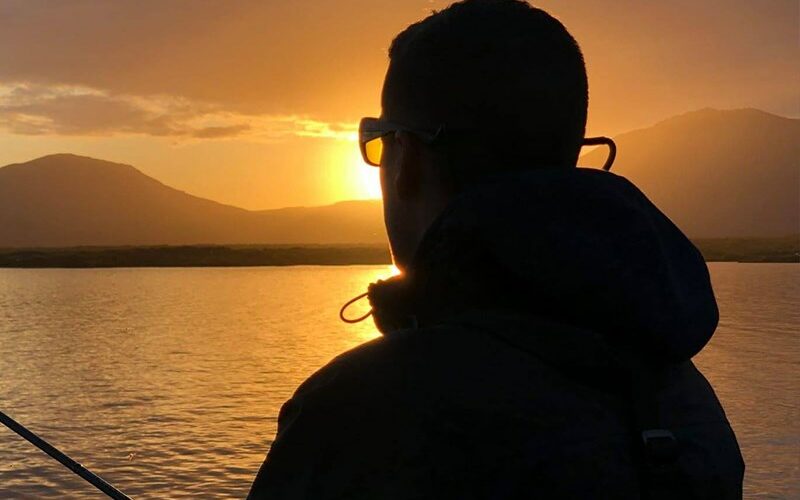
So rather than getting bogged down in false assumptions, there's nothing better than practising.
A few tips on how to take the moon into account when fishing
If you want to take the moon and other elements in your environment into account before going sea fishing, here's some advice:
- Check the tide tables for the times of rising and falling tides. Fish in the sea are more active during periods of high or low tide. So you're more likely to catch them at these times.
- Check the lunar calendar to anticipate periods of high tide. As explained above, a full moon or new moon tends to cause higher and lower tides, generally activating the fish. Each month, you can download directly from the website lunar-calendar.net the calendarFishing with the Moon". Here, for example, is the "Fishing with the Moon" calendar in real time.
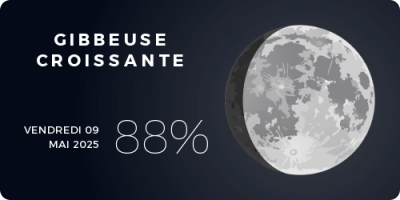
- Observe the water temperature and light levels in your environment. The moon can affect these factors, which in turn can influence fish activity.
As far as I'm concerned, it's pretty straightforward. Although it's good to know the phases of the moon and their impact on the behaviour of the fish I'm targeting, I'll go fishing whenever I have the time and the opportunity. Moon or no moon!
Useful links to complete this article:
Braid or Nylon: which line to choose for lure fishing?
Lure fishing: Which fishing rod to choose according to the lure used?
Casting or spinning: which choice to adopt?



